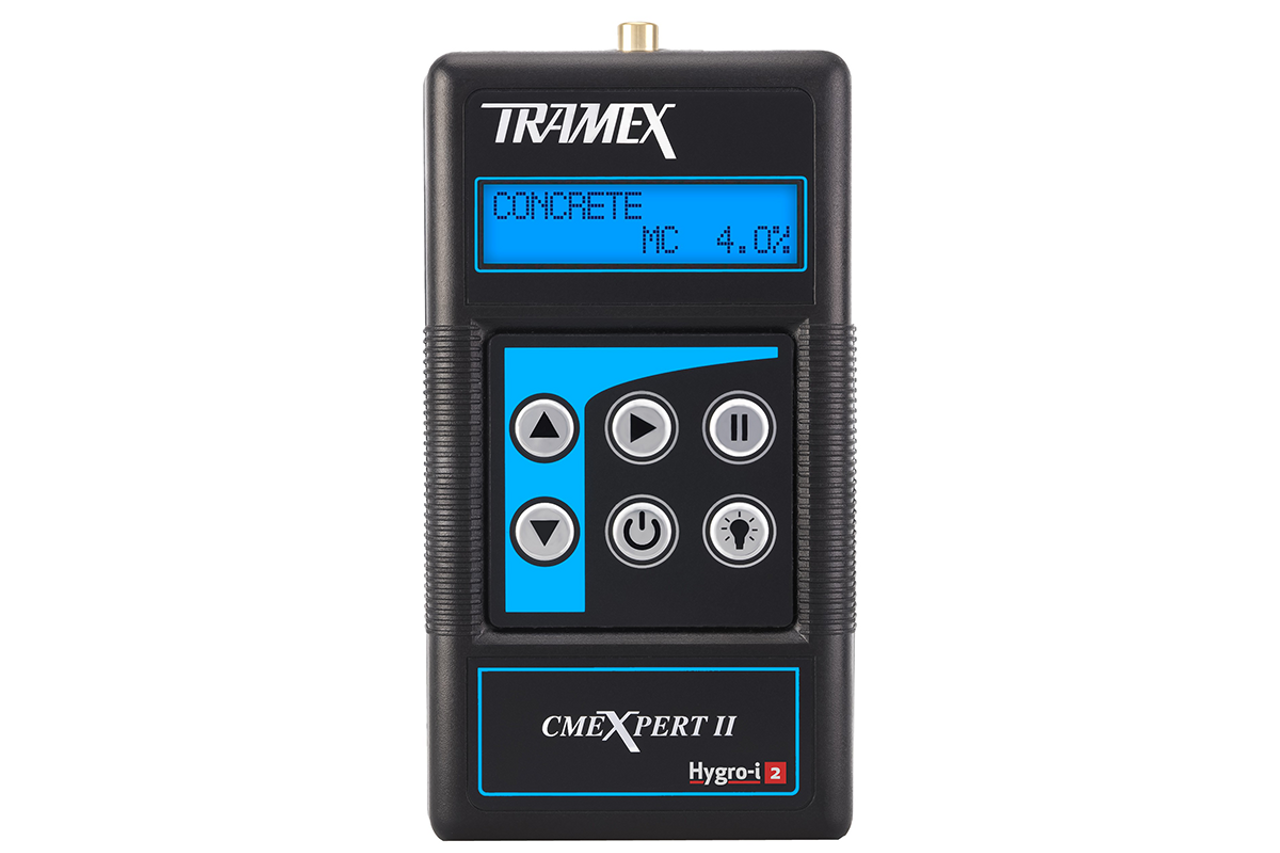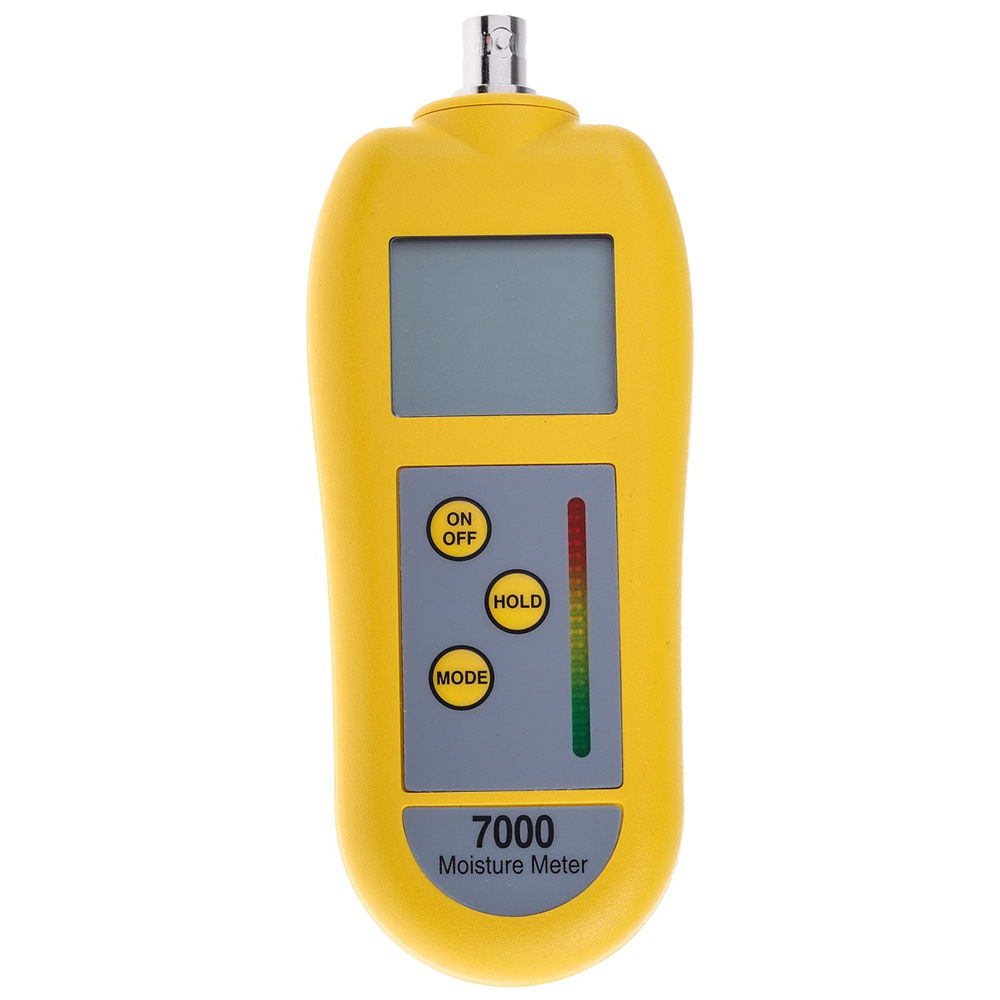The Ultimate Overview to Choosing the Right Moisture Meter for Your Demands
Delve Into the World of Moisture Meters: Everything You Need to Know
In the realm of moisture meters lies a world of precision and practicality that frequently goes unnoticed. These devices, while seemingly straightforward, hold a wealth of info that can significantly impact different markets and applications. Comprehending exactly how moisture meters operate, the different kinds offered, and their diverse uses can drop light on their significance in making sure high quality and effectiveness. By exploring the intricacies of dampness meters, one can reveal a beneficial device that transcends mere dimension, using insights that can make a substantial distinction in many fields.
Just How Moisture Meters Work
Dampness meters operate by gauging the electric conductivity or capacitance of products to identify the dampness material present - Moisture Meter. These meters are very useful devices throughout different sectors, consisting of woodworking, building, and agriculture. By making use of different techniques such as pin-type or pinless innovation, moisture meters offer exact readings that assist professionals make notified choices
Pin-type moisture meters work by putting the sharp pins right into the material being checked. The electrical conductivity in between the pins is after that measured, with higher wetness degrees leading to boosted conductivity. On the other hand, pinless moisture meters use electro-magnetic signals to scan a larger area without causing any type of damages to the product's surface area. These meters are perfect for swiftly assessing moisture levels in large areas or completed items.
No matter the approach made use of, dampness meters play an essential role in stopping concerns such as mold and mildew development, architectural damages, or item issues brought on by excess moisture. Comprehending exactly how these meters work is necessary for ensuring the top quality and honesty of products in different applications.
Kinds of Wetness Meters
Given the crucial duty wetness meters play in different industries, it is crucial to comprehend the different kinds offered to professionals for properly examining moisture degrees. There are mainly two major types of dampness meters: pin-type and pinless moisture meters.
Pin-type wetness meters utilize 2 pins that are inserted right into the material being examined to determine the electric resistance in between them. This method is generally utilized for timber, drywall, and other structure materials. Pin-type meters give accurate analyses at particular depths, making them perfect for recognizing moisture gradients.
On the various other hand, pinless moisture meters make use of electromagnetic sensor plates to check a larger location of the material without creating any kind of damage. This kind is suitable for rapidly scanning large locations and is generally made use of for floor covering, walls, and ceilings. Pinless meters are hassle-free for taking readings on finished surface areas without leaving any noticeable marks.
Both types of wetness meters have their benefits and are chosen based on the certain needs of the job available. Recognizing the distinctions between these kinds is vital for specialists to make precise moisture assessments.
Applications Throughout Industries
With varied functionalities, wetness meters locate widespread application across various industries, assisting specialists in guaranteeing ideal problems for structures and materials. In the farming market, dampness meters are important for identifying the wetness material in grains, seeds, and hay, making sure quality assurance and protecting against mold and mildew development. Building and construction specialists rely upon moisture meters to assess the dampness degrees in building materials like concrete, drywall, and timber, which is critical for keeping architectural honesty and preventing concerns like rot or mold and mildew. The floor covering sector makes use of dampness meters to determine the wetness content in subfloors before installing different flooring, avoiding costly problems as a result of excess wetness. In the food industry, dampness meters are utilized to keep track of and manage moisture levels in items such as grains, nuts, and dried fruits to keep quality and quality. In addition, wetness meters play a vital duty in the repair and damage control industry by assisting professionals address and recognize water damage in structures quickly. Across these varied industries, dampness meters are important tools for making sure the quality, security, and longevity of different products and products.
Tips for Utilizing Dampness Meters
Make use of the moisture meter's calibration settings to ensure precise readings when determining the dampness web content in numerous products. Calibration is vital for the correct performance of a moisture meter. Before each use, it is recommended to examine and readjust the calibration setups according to the certain product being examined. In addition, make certain the meter is readied to the proper dampness variety for the product you are determining to acquire the most accurate results.

When making use of a pin-type dampness meter, put the pins to the ideal depth suggested for the material being tested. This guarantees that the moisture readings are extracted from the proper deepness within the product, offering a more accurate depiction have a peek at this website of its wetness content. For pinless dampness meters, keep in mind to preserve proper contact with the product's surface area to get trustworthy readings.

Consistently examine and replace the batteries in your dampness meter to stop incorrect analyses because of low power. When not in usage to extend its life-span and preserve its precision, Store the meter in a secure and dry place. By complying with these tips, you can make best use of the performance of your dampness meter and obtain exact moisture material dimensions across various materials.

Maintenance and Calibration
To make certain the accuracy of dampness material measurements, routine maintenance and calibration of the dampness meter are necessary action in its appropriate functioning. Upkeep involves maintaining the moisture meter cost-free and clean from particles that could impact its readings. It is vital to follow the producer's guidelines for cleaning up to protect against damages to the device. Furthermore, regular calibration is you can try these out essential to validate the precision of the readings. Calibration adjusts the wetness meter to make sure that it supplies trusted and consistent results.
Calibration should be performed periodically, specifically if the dampness meter is made use of often or in important applications where exact dimensions are needed. By adjusting the wetness and preserving meter regularly, users can rely on the precision of the wetness material measurements gotten.
Verdict
In final thought, moisture meters play an important role in numerous markets by accurately measuring the moisture web content of products. Understanding just how these gadgets work, the various types available, and correct maintenance and calibration are essential for getting trustworthy results. Whether in production, construction, or farming, making use of wetness meters helps make certain quality assurance and performance in processes.
Building and construction professionals count on moisture meters to analyze the moisture degrees in building materials like concrete, wood, and drywall, which is crucial for preserving architectural stability and protecting against issues like rot or mold and mildew. The flooring market makes use of moisture meters to determine the dampness content in subfloors prior to installing different flooring treatments, preventing expensive problems due to excess wetness.Make use of the moisture meter's calibration setups to make sure precise readings when gauging the moisture material in different products. By following these suggestions, you can optimize the efficiency of your click this link wetness meter and obtain precise dampness content dimensions across various materials.
In verdict, wetness meters play a crucial function in different sectors by accurately gauging the moisture content of materials.